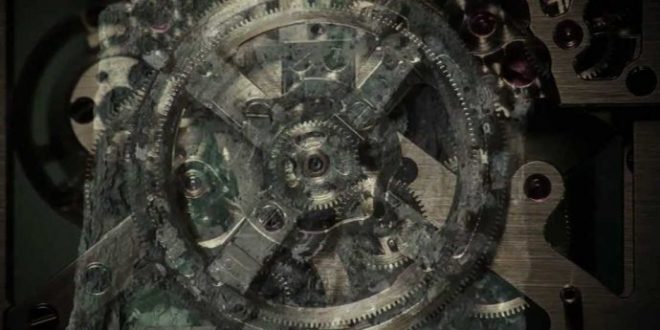Researchers have heralded the Antikythera mechanism, recovered in 1901 from a shipwreck dating to the first century B.C., as the world’s first computer.
At first look, the sediment-encrusted mechanism was the least desirable item recovered from the mid-1st century shipwreck which included bronze and marble statues, glassware and ceramics.
However, after 12 years of research, scientists have unlocked some of the mystery behind the Antikythera Mechanism, believing it was a philosopher’s guide to the galaxy, predicting astronomical events, making it perhaps the world’s oldest computer.
“The original investigation was intended to see how the mechanism works, and that was very successful,” Mike Edmunds, who is an emeritus professor of astrophysics at Cardiff University, told The Associated Press. “What we hadn’t realized was that the modern techniques that were being used would allow us to read the texts much better both on the outside of the mechanism and on the inside than was done before.”
Using X-rays and other imaging technology the team analyzed 82 pieces of the device. They were able to read about 3,500 characters of explanatory text, practically all of it, on the corroded bronze gears and plates.
The device as likely made in Greece between 200 and 70 B.C., although no maker’s signature has been found.
Scientists now hope that archaeologists currently revisiting the shipwreck area will uncover pieces overlooked by the sponge divers who found it a century ago — or even another similar mechanism.
Agencies/Canadajournal
 Canada Journal – News of the World Articles and videos to bring you the biggest Canadian news stories from across the country every day
Canada Journal – News of the World Articles and videos to bring you the biggest Canadian news stories from across the country every day



